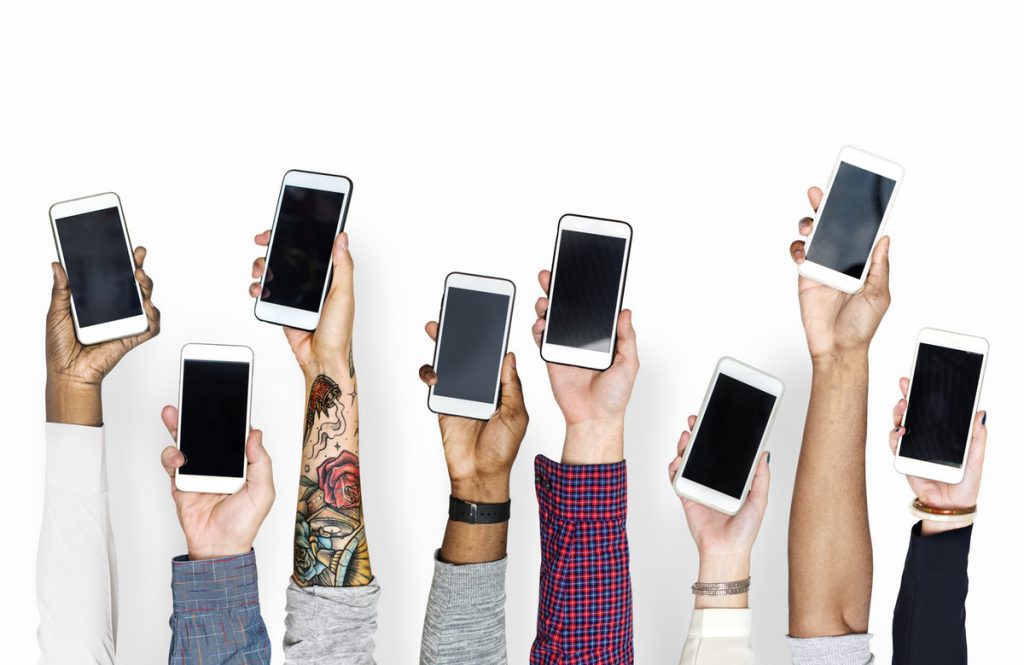How NGO’s Build Bridges With Social Media

Diverse Diversity Social Media Phone Cell iPhone Mobile
Like any of humanity’s inventions, social media is a tool, neither inherently good nor evil. It has the effect of intensifying our natural inclinations. At worst, it can distance users and promote antisocial behavior.[1] Counteracting the negative aspects of social media, NGOs tend to appeal to our better instincts by using various platforms to unite benefactors and facilitate positive change.[2] At its most basic level, NGOs create bonds between donors and recipients.
By nature, humans are social creatures. Our health – mental, emotional, physical – and survival are dependent on our affiliations and positions in our social spheres.[3] Social media naturally appeals to us, because it offers us connectedness and expands our public spheres, where people are more inclined to engage in behavior benefiting the common good. Since NGOs host positive online environments, they empower users and engender altruistic acts.[4]
Furthermore, participants who use social media – merging their social sphere with others – are influenced by the “consensus” within that social environment.[5] For example, the Ice Bucket Challenge in 2014 was established in order to raise awareness for a debilitating neurodegenerative disease, commonly referred to as ALS or Lou Gehrig’s disease. Although it originated with the purpose of spreading awareness of the disease, it garnered widespread attention particularly because it became a popular social activity. Participants can nominate others to complete the same challenge and donate afterward. This example is a classic indication of social media’s expertise in diffusing across different social spheres whilst forming a nexus between disparate groups.
The result: The ALS Association raised $115 million[6] over the course of three months.
